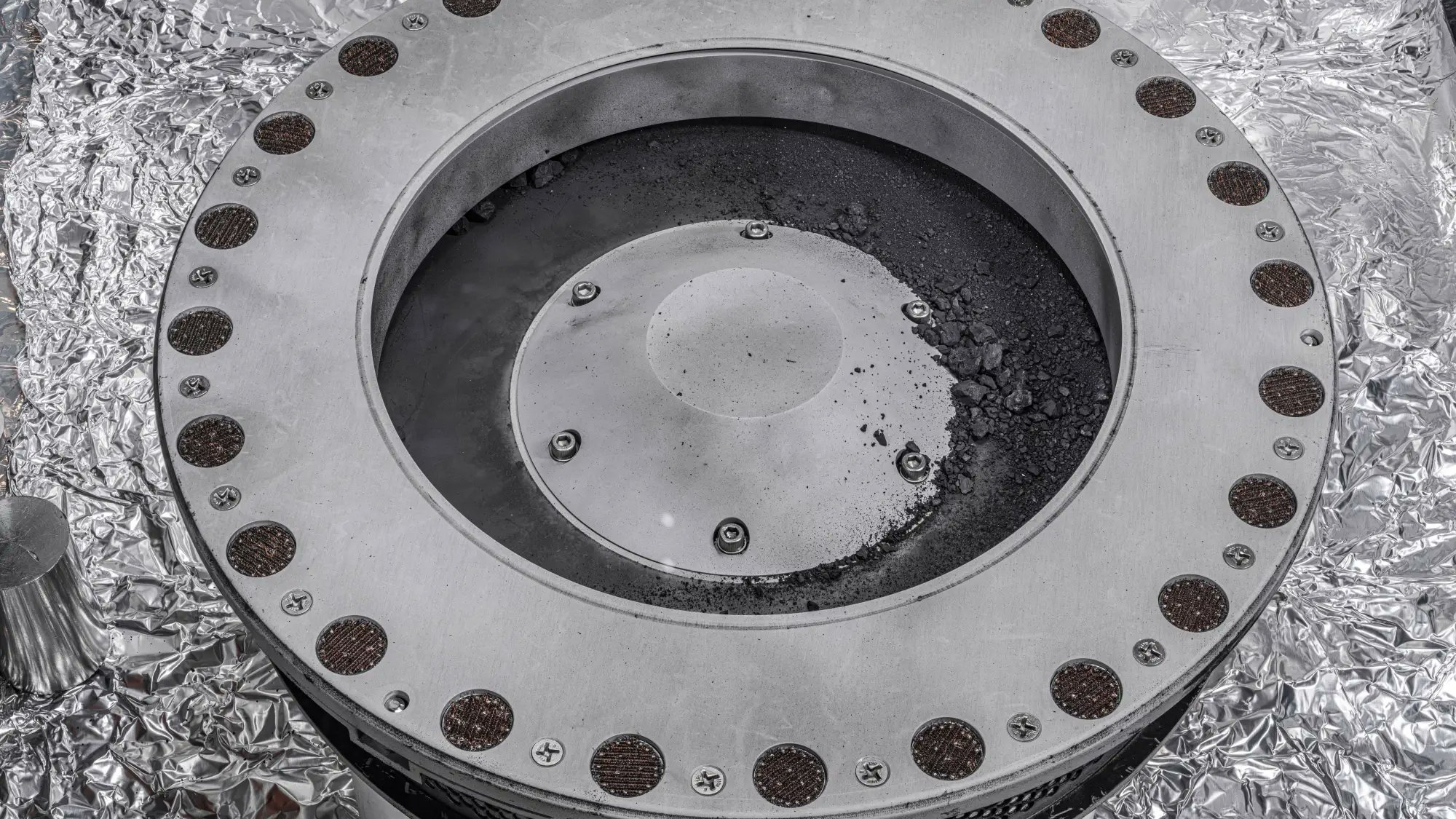
Fearsome dire wolves and saber-toothed cats no longer prowl around La Brea Tar Pits, but thanks to new research, anyone can bring these extinct animals back to life through augmented reality (AR). Dr. Matt Davis and colleagues at the Natural History Museum of Los Angeles County and La Brea Tar Pits collaborated with researchers and designers at the University of Southern California (USC) to create more than a dozen new, scientifically accurate virtual models of Ice Age animals, published recently in Palaeontologia Electronica.
The team is investigating how AR impacts learning in museums, but soon realized there weren’t any accurate Ice Age animals in the metaverse yet that they could use. So, they took all the latest paleontological research and made their own. The models were built in a blocky, low poly style so that they could be scientifically accurate, but still simple enough to run on normal cell phones with limited processing power.
According to study co-author Dr. William Swartout, Chief Technology Officer at the USC Institute for Creative Technologies, “The innovation of this approach is that it allows us to create scientifically accurate artwork for the metaverse without overcommitting to details where we still lack good fossil evidence.”
The researchers hope this article will also bring more respect to paleoart, the kind of art that recreates what extinct animals might have looked like. “Paleoart can be very influential in how the public, and even scientists, understand fossil life,” said Dr. Emily Lindsey, Assistant Curator at La Brea Tar Pits and senior author of the study. A lot of paleoart is treated as an afterthought, though, and not subjected to the same rigorous scrutiny as other scientific research. This can lead to particularly bad reconstructions of extinct animals being propagated for generations in both the popular media and academic publications.
“We think paleoart is a crucial part of paleontological research,” said Dr. Davis, the study’s lead author. “That’s why we decided to publish all the scientific research and artistic decisions that went into creating these models. This will make it easier for other scientists and paleoartists to critique and build off our team’s work.”
Dr. Davis notes that it is just as important to acknowledge what we don’t know about these animals’ appearances as it is to record what we do know. For example, we can accurately depict the shaggy fur of Shasta ground sloths because paleontologists have found a whole skeleton of this species with hair and skin still preserved. But for mastodons, paleontologists have only found a few strands of hair. Their thick fur pelt was an artistic decision. Dr. Davis and colleagues hope that other paleoartists and scientists will follow their example by publishing all the research that goes into their reconstructions of extinct species. It will lead to better and more accurate paleoart for everyone.
How can you experience these extinct animals in AR for yourself?
Snapchat
If you have Snapchat, scan the snapcodes to experience a saber-toothed cat, dire wolf, Shasta ground sloth, Harlan’s ground sloth, American lion, Columbian mammoth, American mastodon, Western camel, ancient bison, dwarf pronghorn, Western horse, teratorn, and short-faced bear in AR.
Open Instagram and navigate to “Add to story.” Select “Camera.” In the camera mode, there is a carousel of AR effects immediately to the right of the recording button. Scroll all the way to the right to the “Browse effects” button. Clicking on it will open the Effect gallery. In the Effect gallery, search for any of the AR animals listed above to view the animal in Instagram.
Sketchfab
If you have an iPhone or iPad, you can download the free Sketchfab app. Note that you do not need to create a Sketchfab account to use the app. Open the Sketchfab app and click on the menu to search for “La Brea.” Click on the “La Brea Tar Pits low poly Ice Age animals” collection by NHM.
More information:
Matt Davis et al, Designing scientifically-grounded paleoart for augmented reality at La Brea Tar Pits, Palaeontologia Electronica (2022). DOI: 10.26879/1191
Citation:
Designing scientifically-grounded paleoart for AR (2022, March 2)
retrieved 7 March 2022
from https://phys.org/news/2022-03-scientifically-grounded-paleoart-ar.html
This document is subject to copyright. Apart from any fair dealing for the purpose of private study or research, no
part may be reproduced without the written permission. The content is provided for information purposes only.
Note: This article have been indexed to our site. We do not claim legitimacy, ownership or copyright of any of the content above. To see the article at original source Click Here








